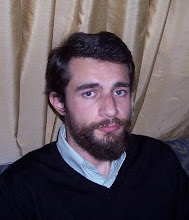The posterior cingulate and the medial parietal cortices constitute an ensemble known as the posteromedial cortex (PMC), which consists of Brodmann areas 23, 29, 30, 31, and 7m. To understand the neural relationship of the PMC with the rest of the brain, we injected its component areas with four different anterograde and retrograde tracers in the cynomolgus monkey and found that all PMC areas are interconnected with each other and with the anterior cingulate, the mid-dorsolateral prefrontal, the lateral parietal cortices, and area TPO, as well as the thalamus, where projections from some of the PMC areas traverse in an uninterrupted bar-like manner, the dorsum of this structure from the posteriormost nuclei to its rostralmost tip. All PMC regions also receive projections from the claustrum and the basal forebrain and project to the caudate, the basis pontis, and the zona incerta. Moreover, the posterior cingulate areas are interconnected with the parahippocampal regions, whereas the medial parietal cortex projects only sparsely to the presubiculum. Although local interconnections and shared remote connections of all PMC components suggest a functional relationship among them, the distinct connections of each area with different neural structures suggests that distinct functional modules may be operating within the PMC. Our study provides a large-scale map of the PMC connections with the rest of the brain, which may serve as a useful tool for future studies of this cortical region and may contribute to elucidating its intriguing pattern of activity seen in recent functional imaging studies.
Josef Parvizi, Gary W. Van Hoesen, Joseph Buckwalter, and Antonio Damasio
Neural connections of the posteromedial cortex in the macaque Proceedings of the National Academy of Sciences 103: 1563-1568; published online before print as 10.1073/pnas.0507729103
ttp://www.pnas.org/cgi/content/full/103/5/1563
Thursday, December 20, 2007
Subscribe to:
Post Comments (Atom)

No comments:
Post a Comment